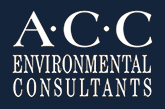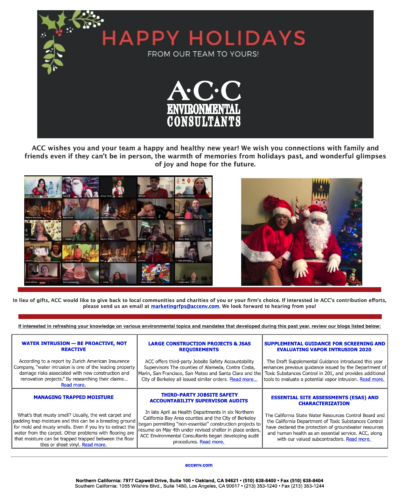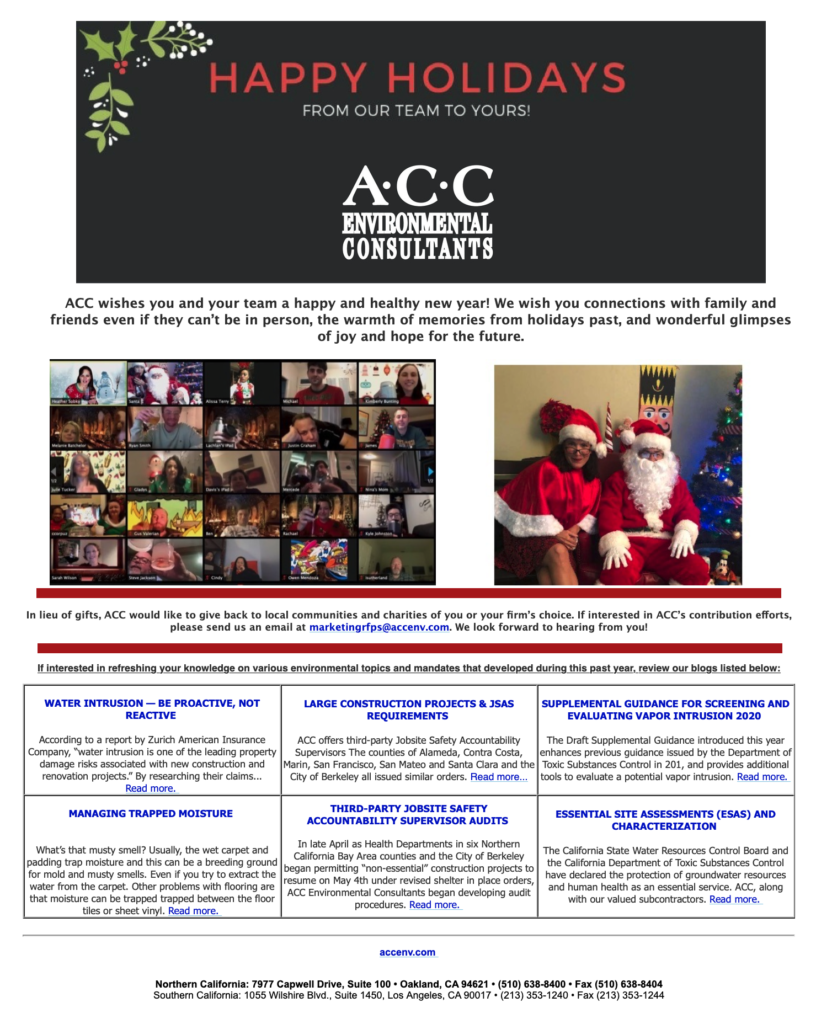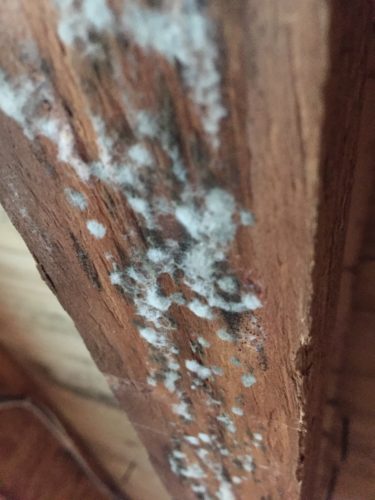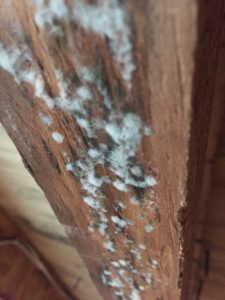Challenges and Best Practices to Minimize COVID-19 Spread in Construction Projects
In late April as Health Departments in six Northern California Bay Area counties and the City of Berkeley began permitting “non-essential” construction projects to resume on May 4th under revised shelter in place orders, ACC Environmental Consultants (ACC) began developing audit procedures to support our customers needs related to the Third-Party Jobsite Safety and Accountability Supervisor (JSAS) requirements for Large Construction projects. Within days, requests for support began streaming in.
With ACC’s audit process developed and properly trained staff of professionals with OSHA-30 and First-Aid/CPR certifications, ACC mobilized to sites during the first days of the new orders. It was clear that Contractors were taking the new safety orders seriously, starting with smaller crew sizes and learning how to work while maintaining social distance requirements. Even the best intended contractors have still struggled to maintain compliance.
Areas of difficulty have included:
Translation and alternate language support. During the first few days, of work, it was clear that Safety Compliance Officers (SCO) were struggling to get documents translated to support the languages spoken in the trades. Workers were anxious to get back to work and claimed to be English speakers. While conducting random employee interviews in accordance with the JSAS requirements, ACC identified workers who couldn’t comfortably answer our questions in English while claiming to speak and read English. Without 3rd party audits, these conditions might have continued. The audits identified the need for both written and verbal translation services to support COVID-19 safety.
Two-person operations. Whether it’s lifting something heavy, cutting granite or just providing a second set of hands, many tasks on construction projects require people to work within 6-feet of each other. The Safety Orders make it clear that if social distancing cannot be maintained, additional personal protective equipment (PPE) must be provided and since N95 respirators are not allowed due the scarcity of supply, contractors have to look to other types of respirators. Although the 3rd party JSAS audits are performed for owners or general contractors, the work practices of sub-contractors are typically observed. Most General Contractors, in their required COVID-19 safety programs, make it the responsibility of the sub-contractors to provide PPE and the task specific protocols. COVID-19 safety programs are still being refined, we must all work to ensure that COVID-19 safety requirements are included on Activity Hazard Analysis forms.
Breaktime. The effort to maintain social distance is noticed. However, the comradery of coworkers that has existed for so long during coffee and lunch breaks has been hard to let go. We see the effort to stagger starting times, maintain distancing during deliveries and work with signs reminding us everywhere to maintain social distance, however we’re still seeing coworkers and friends mingle during their breaks at distances closer than six feet. Creating adequate space for trades to spread out and still get that must needed break is critical.
State-Wide Effort
ACC’s effort providing these safety audits has allowed our team to identify construction-site health and safety best practices. Throughout the State of California ACC is assisting Contractors to develop construction-site safety procedures to keep contractors, sub-consultants and vendors safe and prevent construction project delays due to shut-downs related to COVID-19. Visit ACC’s website to learn more about County to County protocols throughout the State.
How can ACC Help?
ACC’s JSAS audits are efficient and thorough. Please let us know if you have any projects that we can provide our professional services. Whether it’s routine audits or a one-time question and answer we’re here to help!
ACC is closely monitoring implementation of all new industry-wide transitions and our Project Management team is available to discuss all new protocol that local agencies have released and how they will affect your projects.
Please contact your primary point of contact or our Northern California office at (510) 638-8400 or Southern California at (213) 353-1240. Or request a proposal: proposal@accenv.com.
